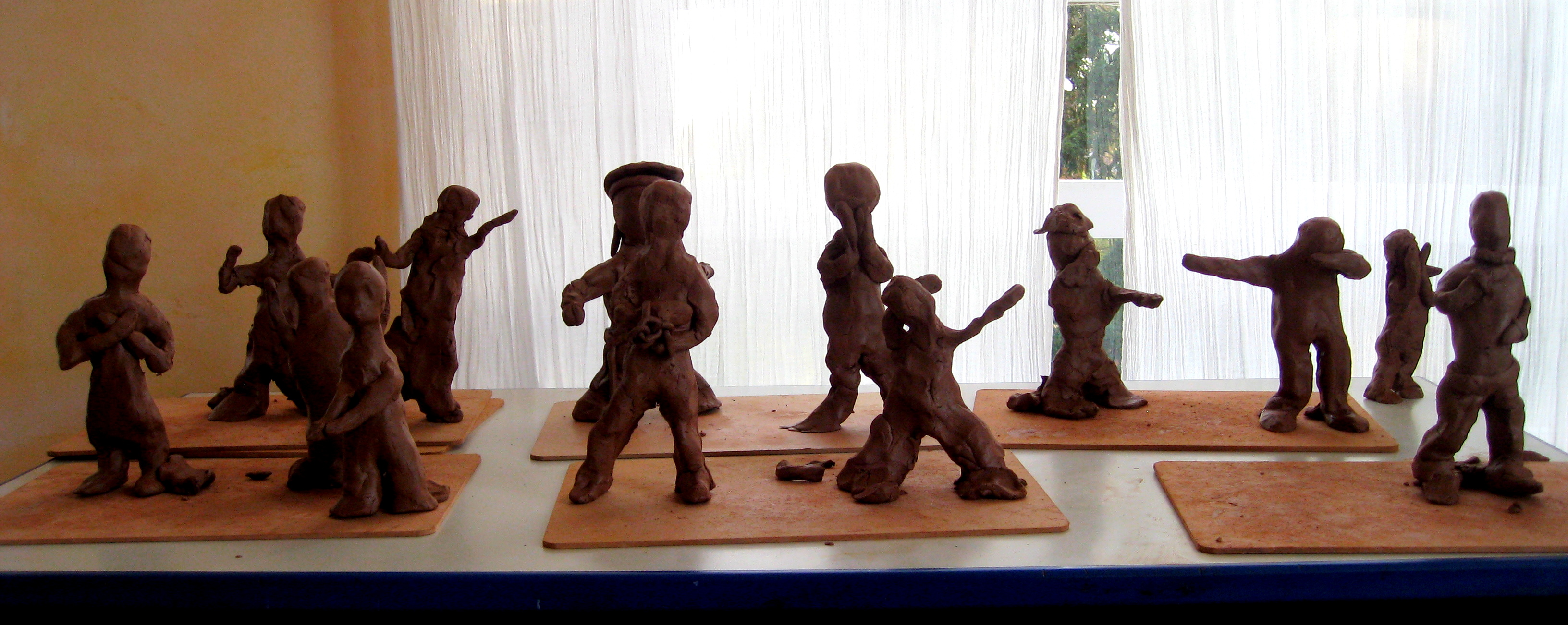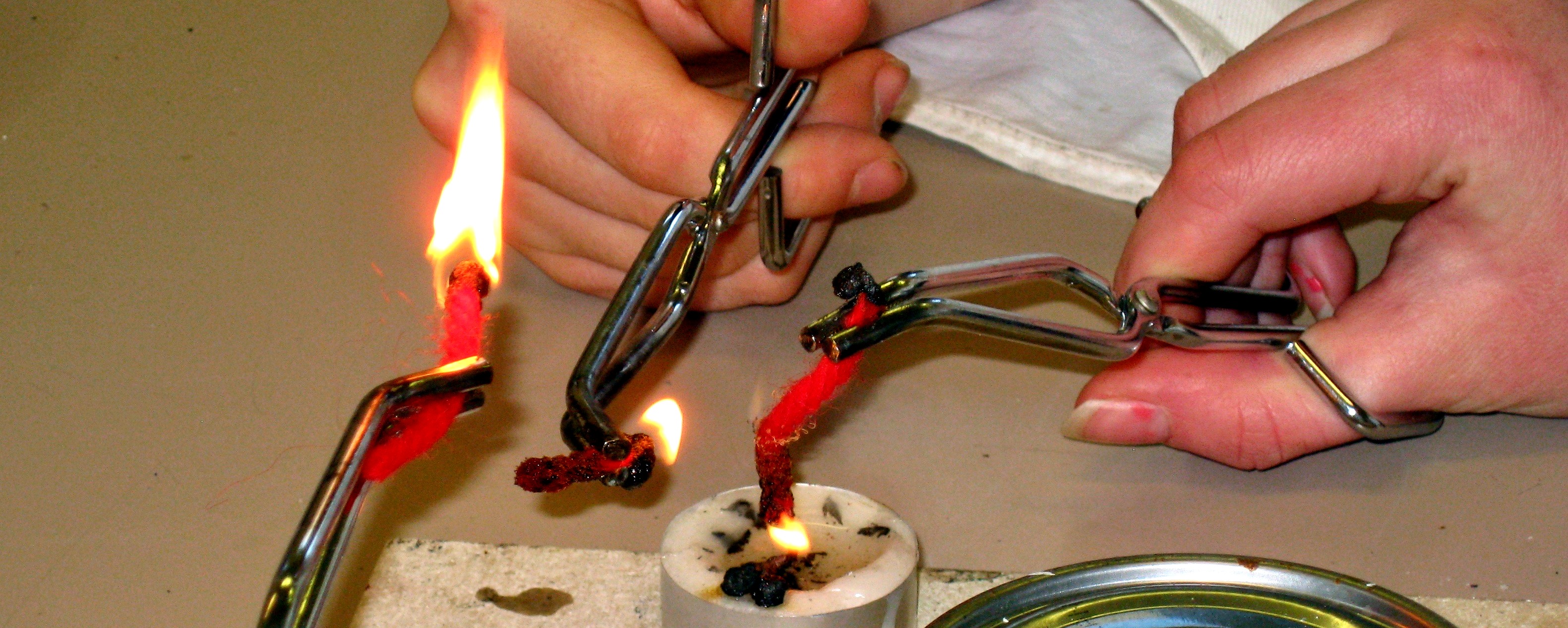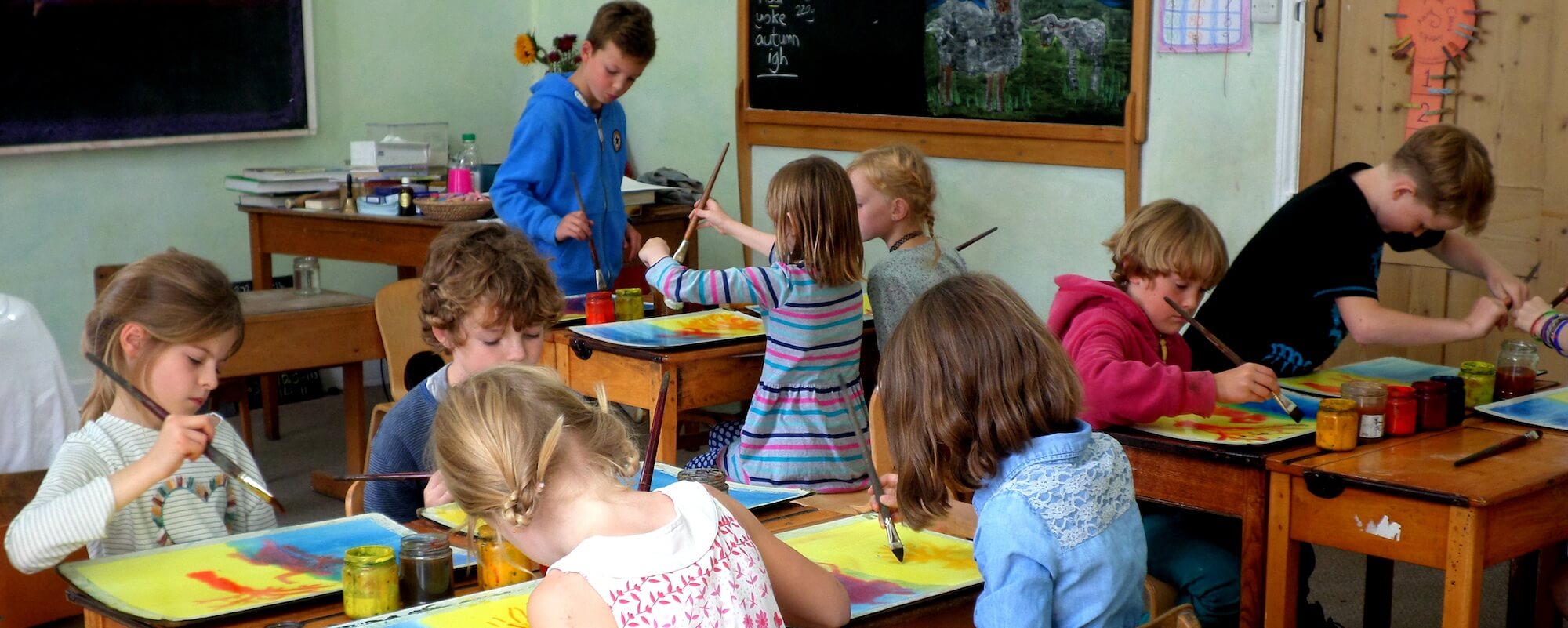Teaching is creative and artistic, visually and imaginatively appealing and catering for different styles of learning and different types of learner. Class teachers usually stay with their class all through lower school, so the teachers and children really get to know each other. This allows teachers to set appropriate and realistic expectations, based on their on-going observations of the class.
Learning is active and sensory, and the rhythmic, lively and vibrant lessons often feel like a conversation: an on going dialogue between the children and the teacher, as they explore a subject together. Ideas are exchanged, questioned, built upon; possibilities extended: “We could…’ ‘How do I…?’ “What if we…” ‘Let’s…’. patterns are noticed, connections are made.
Everyone is involved and engaged, inspired and encouraged, recognised as individuals and aware of each other, of interests and needs. The children enjoy each other’s company and there is an easy, fluid interaction between them and the teacher. Classes seem to have their own momentum – moving along on their journey, through the lesson, the day, the term, the seasons, the year, the curriculum, the school: together.
Literacy and numeracy are introduced gradually, through story and rhythmic movement, building on the interest generated and the seeds planted in kindergarten, and will continue to be taught with visual language and gestures, and through direct, physical experience throughout the school.
Subject Lesson themes are entwined with those of the main lesson blocks. For example, when Class 5 is studying Ancient Greece, the children might be modelling a Medusa, drawing a discus thrower, painting a pot, trimming a tunic in handwork, and training for the Steiner Olympics: throwing javelins, wrestling, jumping and running ‘marathons’…



